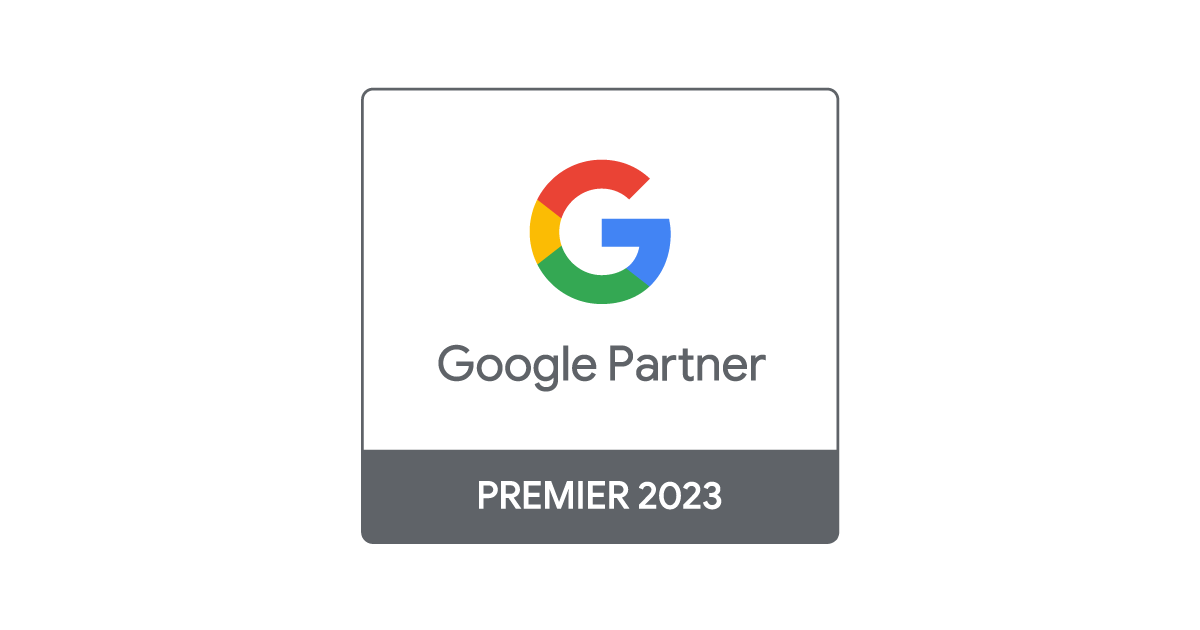Simply put, Content Marketing is a marketing strategy in which we create and distribute value-added content that is intended for a specific audience. The idea is to attract that audience and encourage them to complete a predetermined action: fill out a form, sign up for a newsletter, or buy a product or service, for example. It is also a useful tool for increasing customer loyalty and raising brand awareness around our brand.
Content Marketing is considered a pull marketing strategy- in other words, we are attracting, or pulling in, consumers through the information we offer in the form of articles, e-mail, images, video, etc. This content is satisfying a concrete need or interest the user has, rather than merely promoting available products and services. The best way to understand how Content Marketing works is with a couple of examples:
A shoe store that wants to increase web and foot traffic
Rather than just advertising on and offline, droning on about their shoes, sales or retail experience, a shoe store decides to place their customers and potential customers at the centre of their marketing plan. After performing some market research, the shoe shop discovers that many of their current clients and shoppers have irritations or pain in their feet. The shoe store decides to create a content strategy that focuses on foot health and comfort, and the shoes that can help to reduce foot discomfort.
They develop several types of content along these lines:
- A web questionnaire that helps users to identify what may be causing foot irritation or pain. The questionnaire provides an answer indicative of what could be causing the discomfort.
- The main problems people’s feet suffer are explained by a podiatrist and an expert from the shoe store in a series of videos freely available on the web, youtube and social media.
- Each video discusses a specific foot condition, and therefore they begin to position in search engines when users search for information relating to choosing the right type of shoe for say, a foot with plantar warts.
- Users who have filled out the questionnaire have the option of leaving their email address. If they so choose, they receive an invitation to have a free customised shoe fitting at the brick-and-mortar store: this way they can learn exactly what type of shoe is best suited to their particular needs and comfort.
- Newsletter subscribers receive practical information and personalised promotions based on site navigation behaviour, their gender and other factors.
- The business creates short content posts that explain the history behind a variety of shoe types: hiking boots, high heels, house slippers, platform shoes, etc. There is a web section with more detailed information on shoe types, and the content formats which are more visual and short are distributed on social media.
- The shoe shop creates lookbooks that highlight shoes that are both comfortable, elegant and fashionable. In each lookbook, they encourage users to publish their own photos of their personal looks that celebrate style and comfort under the banner of the hashtag #FeetFirst.
A car repair shop wants to improve its image and get more clients
Internet reviews can do a lot of damage. A car repair shop has learnt this the hard way as they have two negative reviews that appear on the first page of Google search engine results. The auto shop prepares a content strategy to reinforce their professional image, transmit excellence, push down negative results in the SERPs and win over new customers:
- They determine which are the main queries and doubts people express online when it comes to basic car repair. They also discover that most of their web traffic comes from mobile.
- They create a series of videos that show how to perform simple car repairs at home, called “The Home Mechanic”. At the shop, they don’t earn much money on these simple repair jobs, and the videos help them to position the business as experts. The videos are easy to watch on a mobile while users follow the instructions and complete the repair job at the same time.
- They prepare a series of videos specially for women, recognising that many women don’t feel comfortable at the mechanic’s shop. The videos explain what we should know beforehand and prep us with what we should ask before we visit any auto repair shop for work on our vehicle.
- A new process is put in place wherein each customer who comes to the physical location of the repair shop is asked to leave an email address. The mechanics note which clients are particularly pleased with the service received and these clients are later given the opportunity to leave an online review of their experience at the repair shop.
- When a client is really happy, he or she is asked on the spot if they would be willing to provide a web testimonial. Over time, these positive reviews mitigate the effects of the previous negative ones and show the experience of real people, building trust.
- A customer satisfaction survey is sent out via email to the business’ customer database, requesting feedback on what can be improved at the shop and if there are any car-related topics of particular interest to the user. Based on the survey results, new content and actions are prepared.
- A year passes, and the videos have got many views, so the auto shop start a podcast which drops every two weeks and responds to car repair related questions the company receives via email or social medial.
In both of these examples, we can see how Content Marketing helps a business to position itself as an expert in their field and solve the problems and doubts that potential clients may have. The content positions in search engines over time and has the added effect of making the website appear more trustworthy and robust, all whilst offering fun and useful information to help gain new clients. This also develops customer loyalty, lengthening the relationship existing clients have with the business and boosting sales.
Content Marketing is an important part of any business’ strategy to connect with users: it’s based on their real interests, rather than relying exclusively on what the business wants to communicate about its services and products.
More posts about: Transform your business







